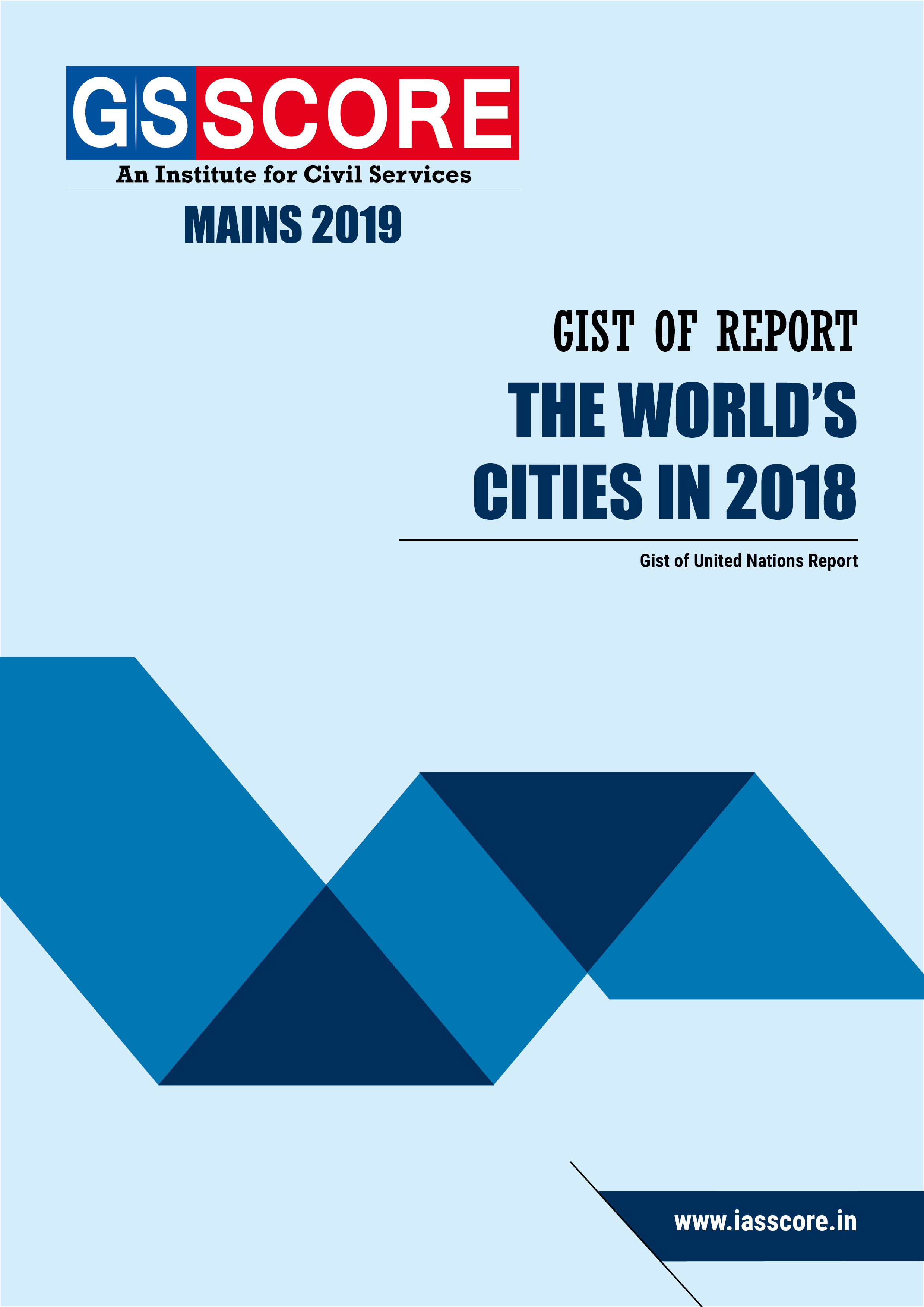


UPSC Exam is all about proper strategy, dedication and consistent endeavor in the right direction with authentic and reliable study material. Government and renowned international reports form a very important source for grasping the conceptual clarity of contemporary national and international issues/topics. However, it is a daunting task to comprehend a report that runs through hundreds of pages. It becomes difficult for the students in time-crunch situations particularly during UPSC Mains Examinations.
In order to ease the burden over aspirants, GSSCORE has come up with a series of summary of important national and international reports in a crisp and comprehensive manner. Underlining the importance of reports and indexes for PT and Mains, GSSCORE provides a comprehensive summary of important reports of national and international repute. The summary of the report by GSSCORE would save the time and energy of the UPSC aspirants and enable them to quickly cover the syllabus.
- The following summary of the report titled “The World’s Cities in 2018” by United Nations, Department of Economic and Social Affairs, Population Division is in one among the series of summaries created by GSSCORE on various reports.
- The report gives us a brief idea on estimates of population living in rural and urban areas, Top 10 cities of the world based on parameters such as Business Activity, Human Capital, Information Exchange, Cultural Experience, Political Engagement.
- It defines what a city is along with trends of declining population, Natural disasters faced by the cities.
- The report underscores the recent developments in achieving these goals. The report provides an insightful overview of the government initiatives and The 10 Principles of New Urban Planning.
- UN Reports are important topic both for UPSC Preliminary as well as Mains. So going through the GSSCORE summary of the report becomes imperative for UPSC aspirants.
Related Articles



